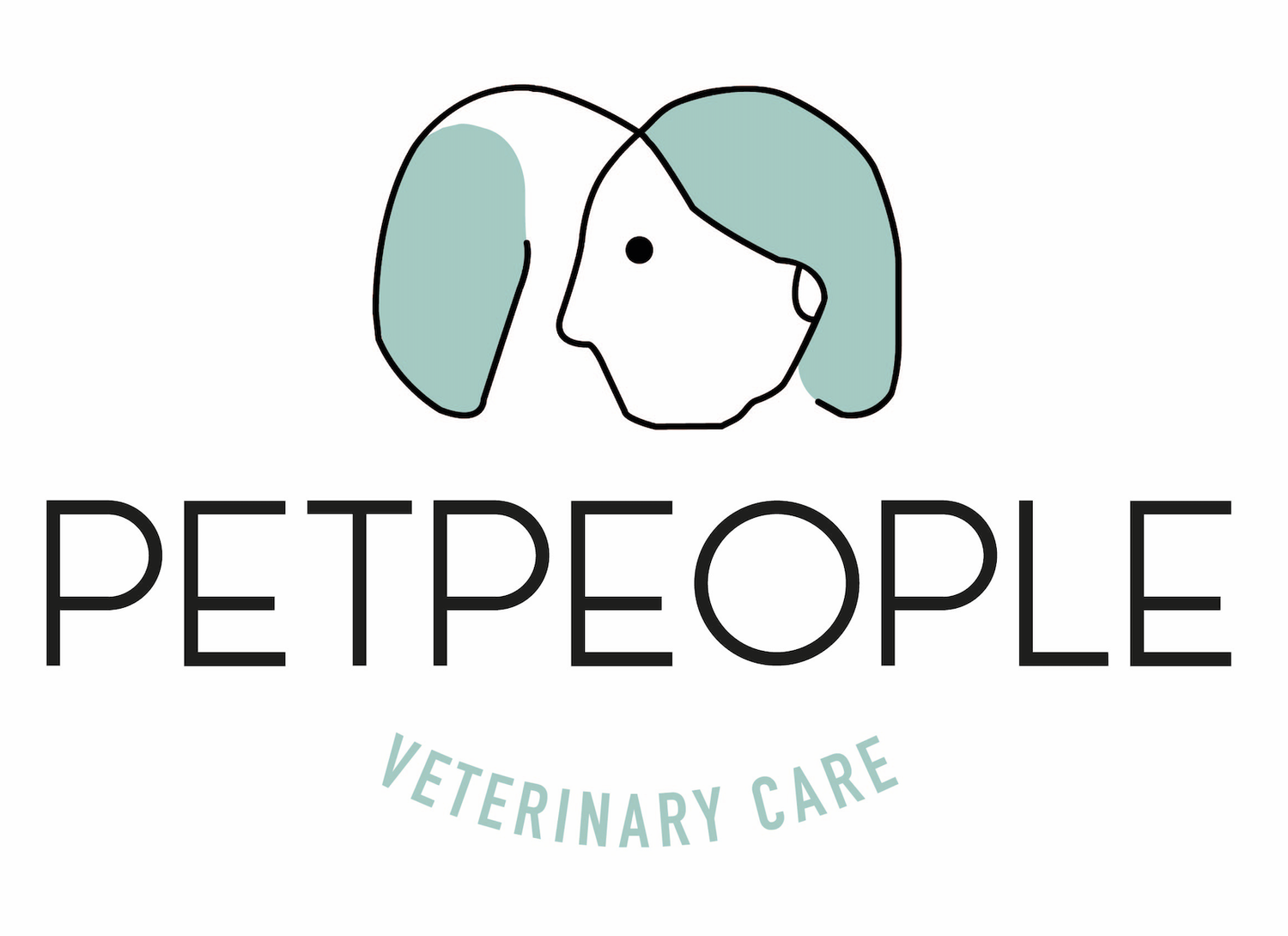From Early Signs to Post-Surgery Recovery: Elbow Dysplasia in Dogs
At Pet People Pro we are dedicated to helping owners understand and manage elbow dysplasia - a common cause of discomfort and reduced mobility in dogs.
This guide should help you recognise the early signs of elbow dysplasia, understand the options for elbow surgery, and support your dog through to recovery.
Detecting Elbow Dysplasia in Your Dog
Elbow dysplasia typically manifests as lameness or stiffness in dogs, often noticeable when they start limping or showing signs of discomfort. It's essential to remember that while some may assume these symptoms are transient phases that puppies or adolescents will outgrow, elbow dysplasia often requires professional attention at an early age. If you observe any such signs in your dog, promptly scheduling a veterinary appointment is crucial.
During your visit, we will perform a comprehensive examination to confirm the presence of elbow pain and determine the appropriate course of action.
Advanced Imaging for a Precise Diagnosis
When elbow dysplasia is suspected, we prefer using Computed Tomography (CT) scans as the primary diagnostic tool. While radiography serves as an effective screening method, CT scans are considered the gold standard in imaging for elbow dysplasia. They are exceptionally adept at revealing fissures and providing a detailed assessment of the joint's structural integrity.
Elbow Arthroscopy: A Minimally Invasive Diagnostic and Surgical Approach
Elbow arthroscopy is a minimally invasive technique that serves as the gold standard for diagnosing and treating elbow dysplasia. It allows us to get an in-depth look at the joint and perform necessary elbow surgery under the same anesthesia, which can mean a quicker recovery for your dog.
Treatment Options for Elbow Dysplasia
Treatment for elbow dysplasia can be non-surgical or surgical, depending on the severity:
Non-Surgical Management: This includes managing your dog's weight, physiotherapy, exercise adjustments, and medication. We also offer regenerative therapies like stem cell treatment and platelet-rich plasma to address joint inflammation and pain.
Surgical Interventions: Pet People Pro offers advanced surgical treatments for elbow dysplasia, including Arthroscopic Fragment Removal,, Subtotal Coronoid Ostectomy (SCO) and Proximal Ulnar Osteotomy (PUO)
Post-Surgical Rehabilitation: Paving the Road to Recovery
Following elbow surgery, rehabilitation is crucial. Our team works closely with each dog to develop a custom rehabilitation plan, focusing on improving mobility and joint function. While physiotherapy alone can't reverse the arthritis associated with ED, it's vital for enhancing your dog's recovery and overall well-being.
Pet People Thoughts
Post-operative rehabilitation is a crucial part of elbow dysplasia management.
At the Elbow Clinic we are committed to providing comprehensive surgical rehabilitation and canine physiotherapy to ensure the best possible outcomes for your pet.
If your dog is recovering from elbow dysplasia surgery, or if you have a lame dog in need of expert care, don't hesitate to reach out to us.



